
Jeans are a type of pants or trousers, typically made from denim or dungaree cloth.
Often the term “jeans” refers to a particular style of trousers, called “blue jeans”, which were invented by Jacob W. Davis in partnership with Levi Strauss & Co. in 1871 and patented by Jacob W. Davis and Levi Strauss on May 20, 1873.
In 1853, Levi Strauss heard about Gold Rush in the West so moved to San Francisco to establish Western Branch of the family dry goods business. There he sold, among other things, cotton cloth. One of his customers was Jacob W. Davis, a tailor from Reno, Nevada. Davis made functional items such as tents, horse blankets, and wagon covers.
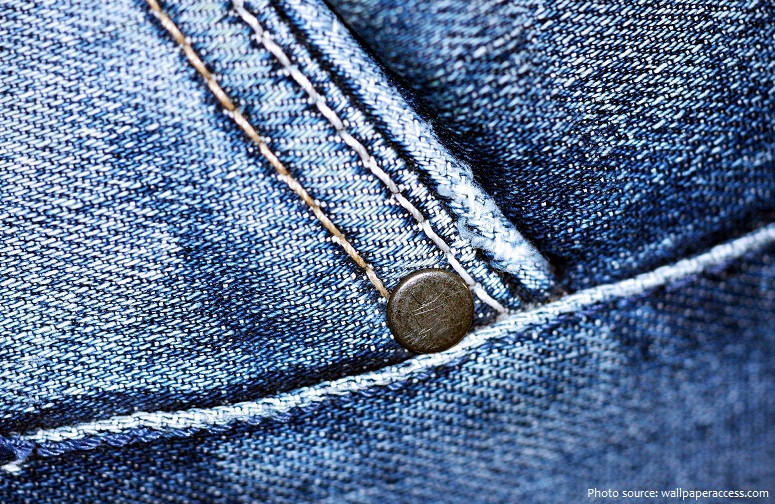
One day, Strauss’s customer ordered a pair of sturdy pants that could withstand hard work. He made them from denim that he bought from Levi Strauss & Co and made them stronger by placing copper rivets at the places pants rip the most: pockets and flies. When he wanted to patent them, he wrote to Levi Strauss, and they became partners. They opened a bigger factory, and that is how jeans were born.
Prior to the Levi Strauss patented trousers, the term “blue jeans” had been long in use for various garments (including trousers, overalls, and coats), constructed from blue-colored denim.
When Strauss and Davis’s patent ended in 1890, other manufacturers were free to reproduce the style. OshKosh B’Gosh entered the market in 1895, Blue Bell (later Wrangler) in 1904 and Lee Mercantile in 1911. During the First World War, Lee Union-Alls jeans were standard issue for all war workers.
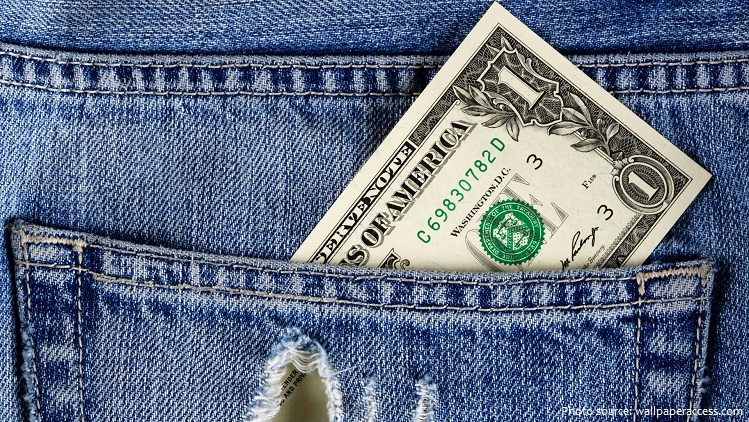
Jeans as workwear continued throughout the 1920s and 1930s, especially in the American West among miners, cowboys, and laborers. But it wasn’t until Hollywood took this trend to the silver screen with its Western films that jeans entered mainstream culture. On the fashion front, Levi’s® became the first item of clothing to have a designer label (its signature red tab) on the outside. And Vogue featured its first model in denim on the cover in the ’30s, hinting that jeans could perhaps be a fashion statement and not just sensible clothes for working folk.
Over the course of the decade, design improvements were made: Strauss added a double arch of orange stitching for further reinforcement and to identify them as Levi’s – belt loops appeared in 1922 – zippers replaced the button fly on some styles in 1954.
Jeans became a symbol of “cool” in the 1950s. Pop culture bad boys like James Dean and Marlon Brando popularized cuffed, boxy styles of denim as they shook up the squares in their films. Unsurprisingly, rebellious teens took hold of this fashionable symbol against the status quo.
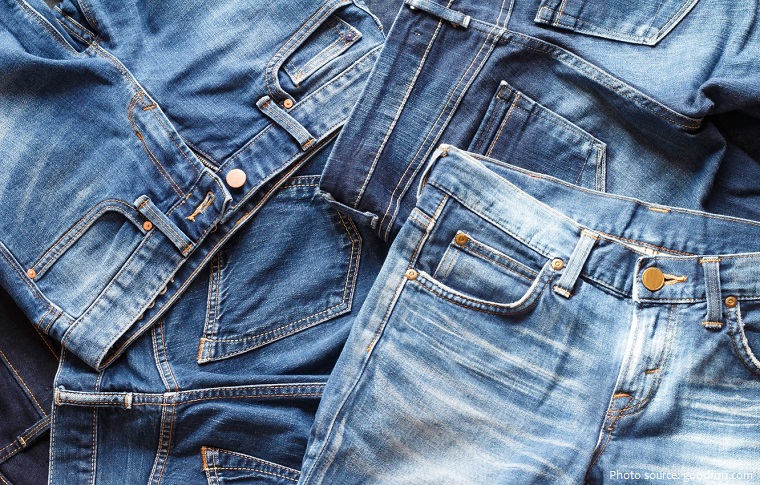
During the 1960s the wearing of jeans became more acceptable, and by the 1970s it had become general fashion in the United States for casual wear.
In 1976, Calvin Klein showed blue jeans on the runway — the first designer to do so. Gloria Vanderbilt introduced her hit jeans in 1979.
In Japan in 1977, a professor of Osaka University Philip Karl Pehda chastised a female student wearing jeans in the classroom. Then he was protested by the students, and a controversy arose in the country.
By the late 1970s and early 1980s high fashion began to take an interest too. Fiorucci’s Buffalo 70 jeans were skin-tight, dark, expensive and hard to purchase – in other words, the exact opposite of the faded bell-bottoms preferred by the younger crowd. They became a hit among the Studio 54 jet set.
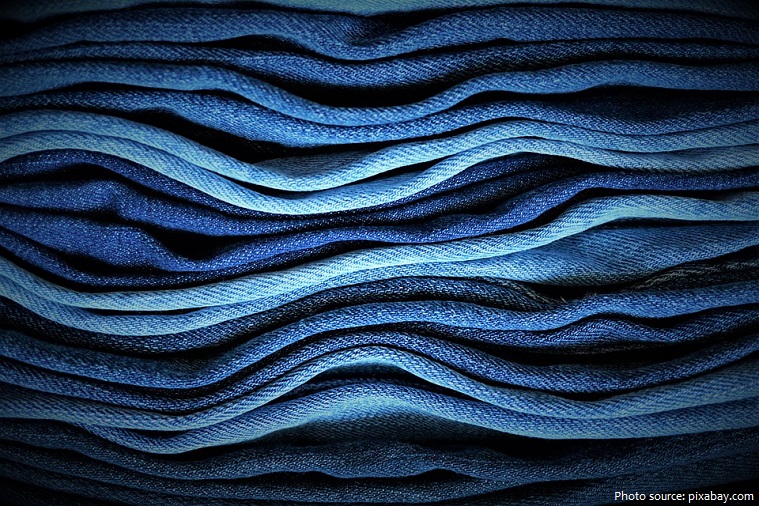
Denim fashion changed again in the ’90s, thanks to the rise of grunge and hip-hop. Straight-legged jeans, sometimes ripped, other times not, kept things casual and Cobainesque.
Today, almost all luxury labels and high-fashion designers have sent jeans down the runway – and they’re available at both ends of the price spectrum, in a multitude of styles: wide, skinny, high-waisted, low, light, dark or coloured.
Research on the trade of jean fabric shows that it emerged in the cities of Genoa, Italy, and Nîmes, France. Gênes, the French word for Genoa, may be the origin of the word “jeans”. In Nîmes, weavers tried to reproduce jean fabric but instead developed a similar twill fabric that became known as denim, from de Nîmes, meaning “from Nîmes”.
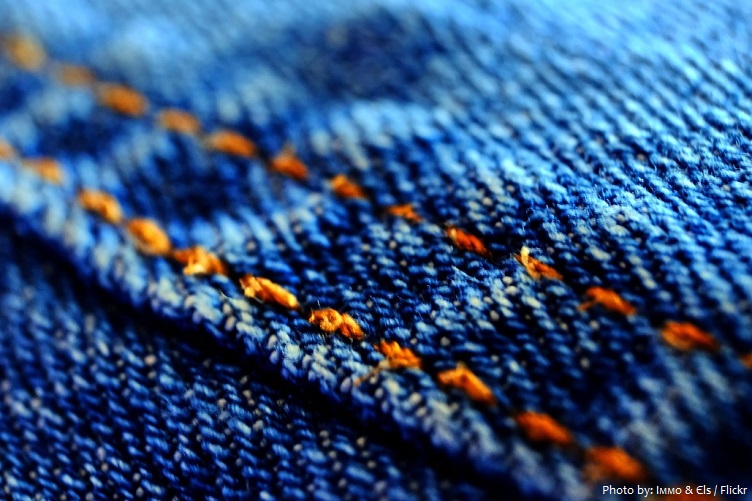
Indigo dye is a color used for coloring the denim. It is an organic dye with a distinctive blue color. It was manufactured and used in India, from where it got its name, since the ancient times.
“I have often said that I wish I had invented blue jeans,” Yves Saint Laurent told New York Magazine in November 1983. “They have expression, modesty, sex appeal, simplicity — all that I hope for in my clothes.”
North America accounts for 39% of global purchases for jeans, followed by Western Europe at 20%, Japan and Korea at 10% and the rest of the world at 31%.
The most expensive pair of jeans (commercially available) are Escada’s Couture Swarovski Crystal Jeans, which can be bought from Neiman Marcus Stores for a mere $10,000 (then £5,800)! The embroidered,
designer-denim is studded with Swarovski crystals.

An original pair of Levi Strauss & Co (USA) 501 jeans aged over 115 years old were sold by Randy Knight (USA) to an anonymous collector (Japan) for $60,000 (£33,230) through internet auction site eBay on 15 June 2005. There are said to be only two or three complete pairs of authentic pre-1900 Levi’s 501 jeans in existence and these are the first pair found that is still wearable. This particular pair of jeans was found by four friends in an abandoned-silver mine in the Mojave Desert, California, USA in 1998.
The most jeans of the same brand commercially available in a single store is 1,154 and was achieved by T.T. Blues Jeans S.A. de C.V. (Mexico), in Monterrey, Nuevo Leon, Mexico, on 16 January 2013.
The largest pairs of jeans measures 65.50 m (214 ft 10 in) tall and 42.70 m (140 ft 1 in) wide, and was achieved by Paris Perú (Peru), in Lima, Peru, on 19 February 2019.